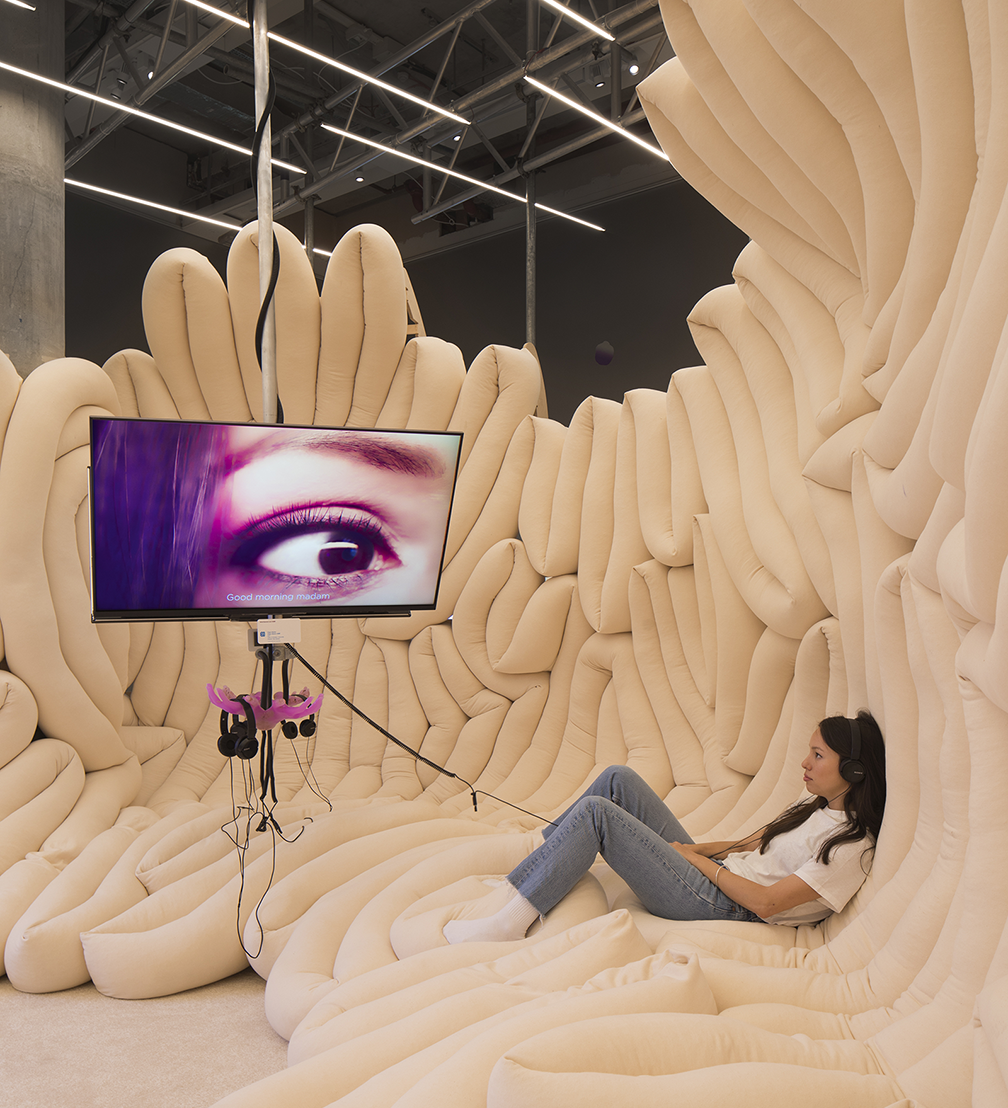
From May 13, the exhibition Weird Sensation Feels Good: The World of ASMR, the scenography of which was created by the Riga-based architecture studio Ēter, is open to the public at the London Design Museum. It invites the visitors to dive into the world of ASMR (autonomic sensory meridian reaction) through the experience of unusual physical sensations. Architecture researcher Dina Suhanova writes about her visit to the exhibition.
Total bliss, euphoria, deep peace, or pleasant tingling — ASMR is a special response to a visual, auditory, or tactile stimulus in the body. The origin and effects of this reaction are not fully understood, it is not even a scientific term, but ASMR is being studied and has become very popular in recent years. The special sensory response in the body is caused by visual, tactile, audial, and other more specific personal impulses. Imagine a whisper close to the ear and the feeling of tingling from the neck down the back! Although not everyone experiences these sensations and they are beyond our control, the ASMR movement is a progressive phenomenon in digital culture — millions of people are finding these sensations on the Internet. The lack of presence and close contacts, especially during the pandemic, has stimulated interest in gentle, slow, and self-directed content. Invitation to join a meditation app to experience better sleep, reduce stress and anxiety before falling asleep, or deal with loneliness often pop up on social networks.
The world of ASMR is embodied in both content and design of the Weird Sensation Feels Good: The World of ASMR exhibition. The scenography created by Ēter’s architects acts as an intermediary between the digital and tactile artefacts, and the physical body of each visitor, continuing and developing the design concept of the 2020 exhibition at the Stockholm Architecture and Design Centre (ArkDes). Both of these exhibitions lead by the curator James Taylor-Foster (ArkDes) are the first attempts to analyse and learn about the ASMR phenomenon in a format of curated sensory experience.
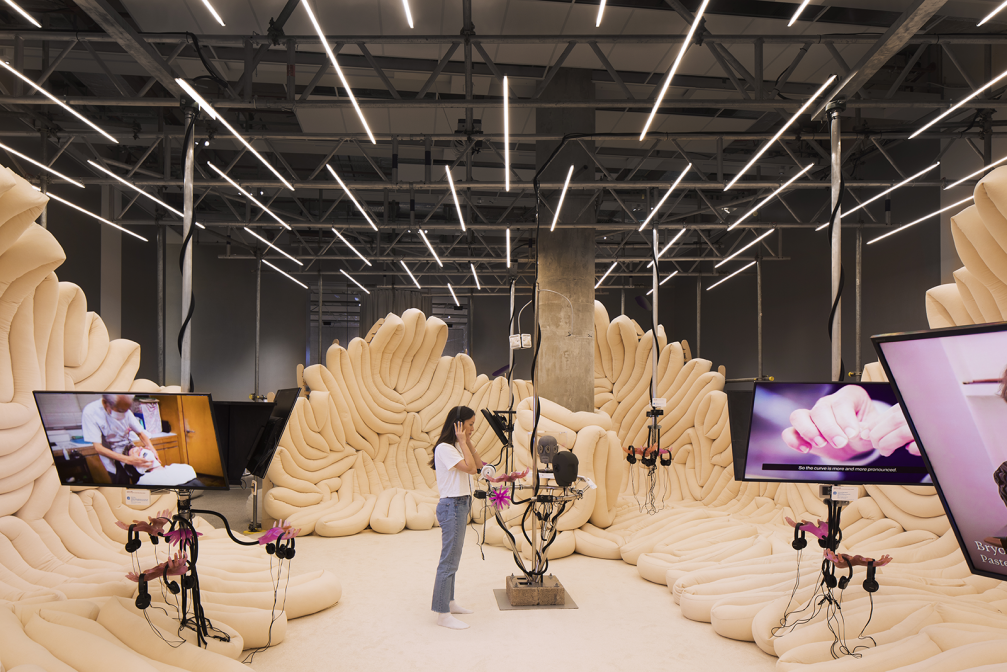
Enjoying ASMR requires quiet, peaceful, and comfortable conditions. Reactions and physical sensations can be very individual — when entering the exhibition, each visitor signs a statement of agreement to its terms. Not only the hypnotic content of the works and the interactive exhibits create strange sensations, but also the layout itself — an oval-shaped pavilion or ASMR Arena is built in the centre of the hall and separate thematic expositions are arranged as neural nodes around it. In one of the adjacent rooms there is an interactive ASMR live studio Meridians Meet, where the artist and researcher Julie Rose Bower brings a focused listening act to life with five unique installations, giving the visitor the opportunity to participate in creating effects of special sensations.
Together with other visitors, we have discovered a new space for public intimacy — the design of the exhibition is truly felt bodily, together, yet individually.
Quite intuitively, a visit to the exhibition leads to its culmination in the epicentre of the hall. The volume of the ASMR Arena or technology cloud is formed by an industrial construction of vertical scaffolding and plywood ribs. The arena is upholstered in organic and unbleached cotton fabric tubes, creating a giant sofa bed. In the upholstered room, I feel like a tourist in the space of my consciousness — digital screen chandeliers hang from the landscape of brain folds and pink silicone hands invite me to pick up yet another headset to immerse myself in the sofa bed while watching the restoration process of a beaded Eurovision dress or a Virgin Atlantic promotional video. Together with other visitors, we have discovered a new space for public intimacy — the design of the exhibition is truly felt bodily, together, yet individually. The strangeness of the design is also its dissonance between the flowing, soft, and comfortable and the ubiquitous technostructures, gadgets, and impulses they transmit. The close connection with technology on a daily basis both expands and limits our possibilities and reactions — watching content on the smartphone screen has become a norm of personal intimacy and disconnection to gain mental comfort, retreat from the bustle, and focus on one’s own well-being.
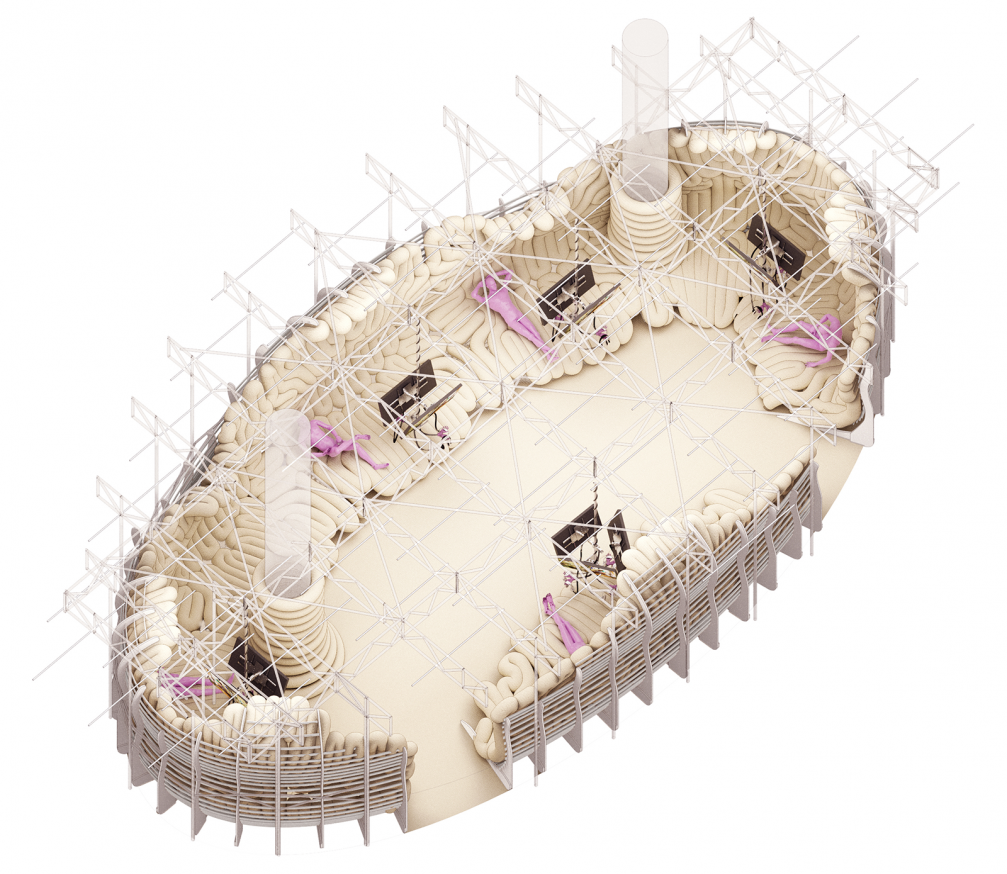
Twelve innovative ASMR artists have been selected for the exhibition, and a total of around forty audio, visual, and tactile works establishes ASMR as an independent art form. The exhibition features digital content created by ASMR artists, 3D animations and videos, as well as inadvertent triggers of ASMR — monotonous actions with everyday objects, exposure to various surfaces, textures, materials, and objects. Alongside digital works, there are also paintings by the famous American TV presenter, painter, and popular culture icon Bob Ross. The creation of his paintings is depicted in the episodes of The Joy of Painting — his voice, gentle way of speaking, and the sound of brush strokes on canvas evoke ASMR sensations in many people. The exhibition also features moving 3D graphics and several videos created by ASMR artists popular on YouTube — The Slow Mo Guys, HidaMari Cooking, Shu And Tree, and others. Physiological reactions can be experienced when watching the salivating tongue by the artist Tobias Bradford and touching the prototype of artificial leather for mobile devices developed by the researcher Marc Teyssier.
Realising that I have not let go of my smartphone during the visit to the exhibition, I am considering the recommendation Filippo Tommaso Marinetti, the founder of the futurist movement, gave in his tactile manifesto, which was written around 1921 — to wear gloves for several days to increase the brain’s desire for a more varied touch. At the end of the exhibition, while flipping through the booklet (graphic design by Agga Mette Stage, Alexander Söder), I find myself obsessively trying to brush off threads stuck to its pages — the small seemingly innocent anxiety-inducing graphic element is deliberately embedded in the design. The personal nuances of experiencing this exhibition, its undeniably relevant content and scenography confirm the importance of the ASMR movement not only in the world of an individual’s physical and psycho-emotional sensations, but also confirm the place of ASMR phenomenon in the design culture and development.
The exhibition Weird Sensation Feels Good: The World of ASMR will remain open at the London Design Museum until October 16. The exhibition has been created in cooperation with the Stockholm Architecture and Design Centre ArkDes, where it was shown for the first time in 2020. Curators — James Taylor-Foster and ArkDes.
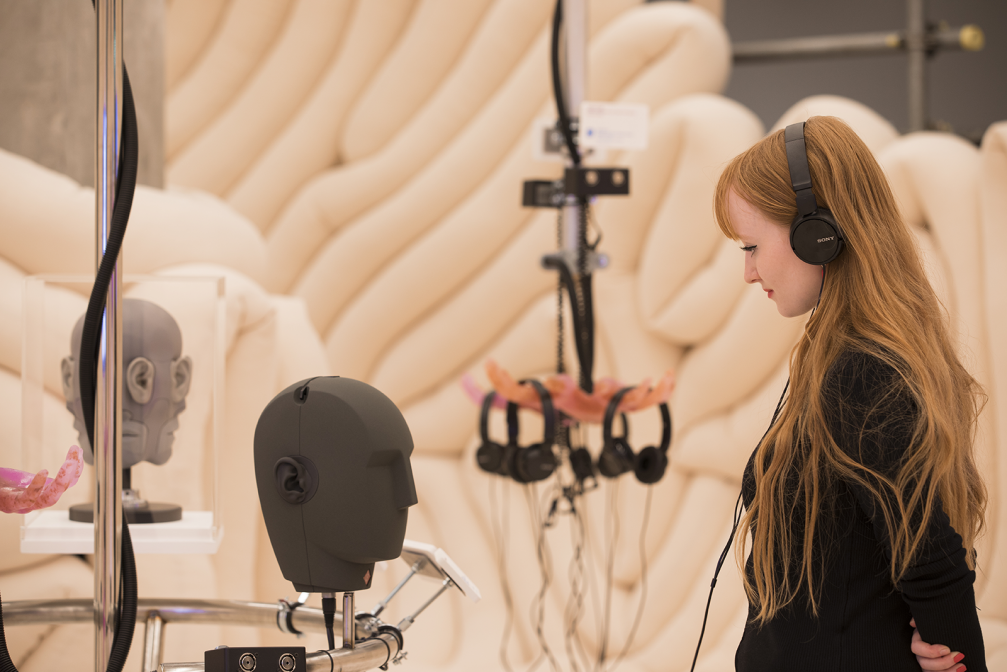
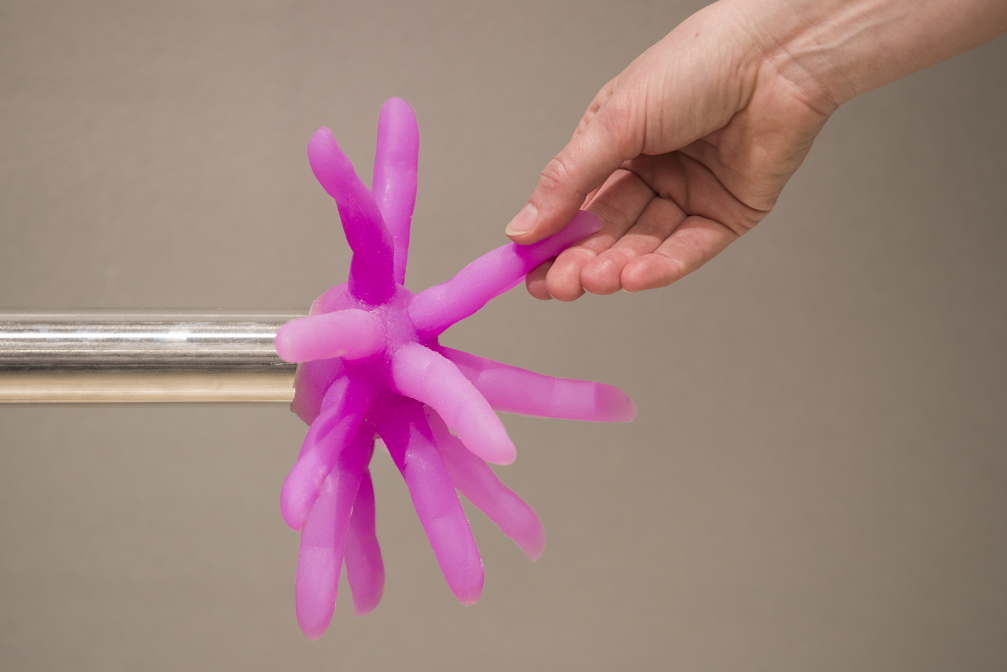
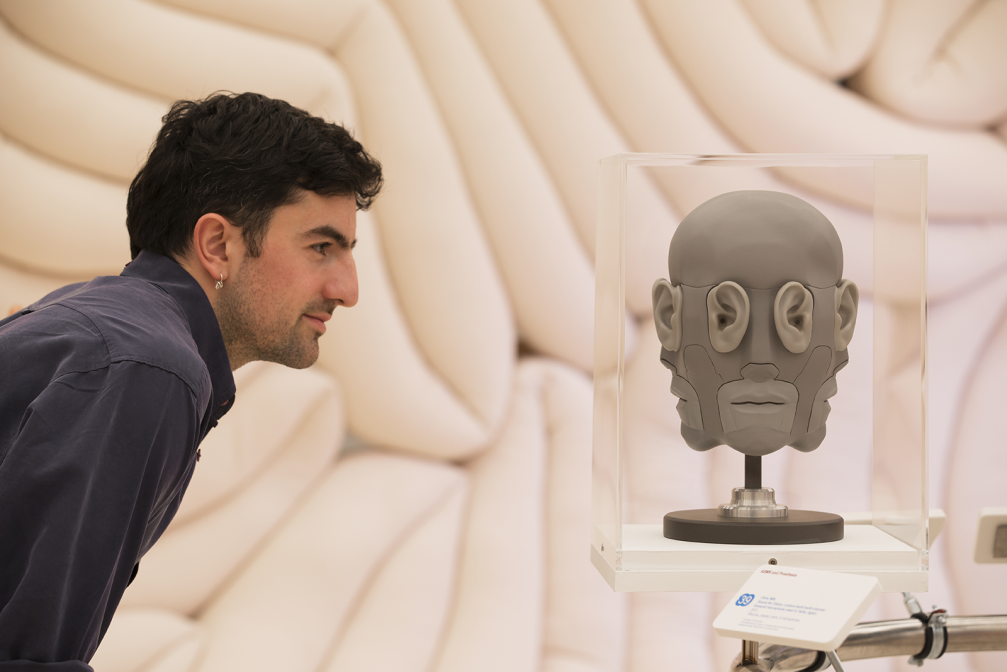
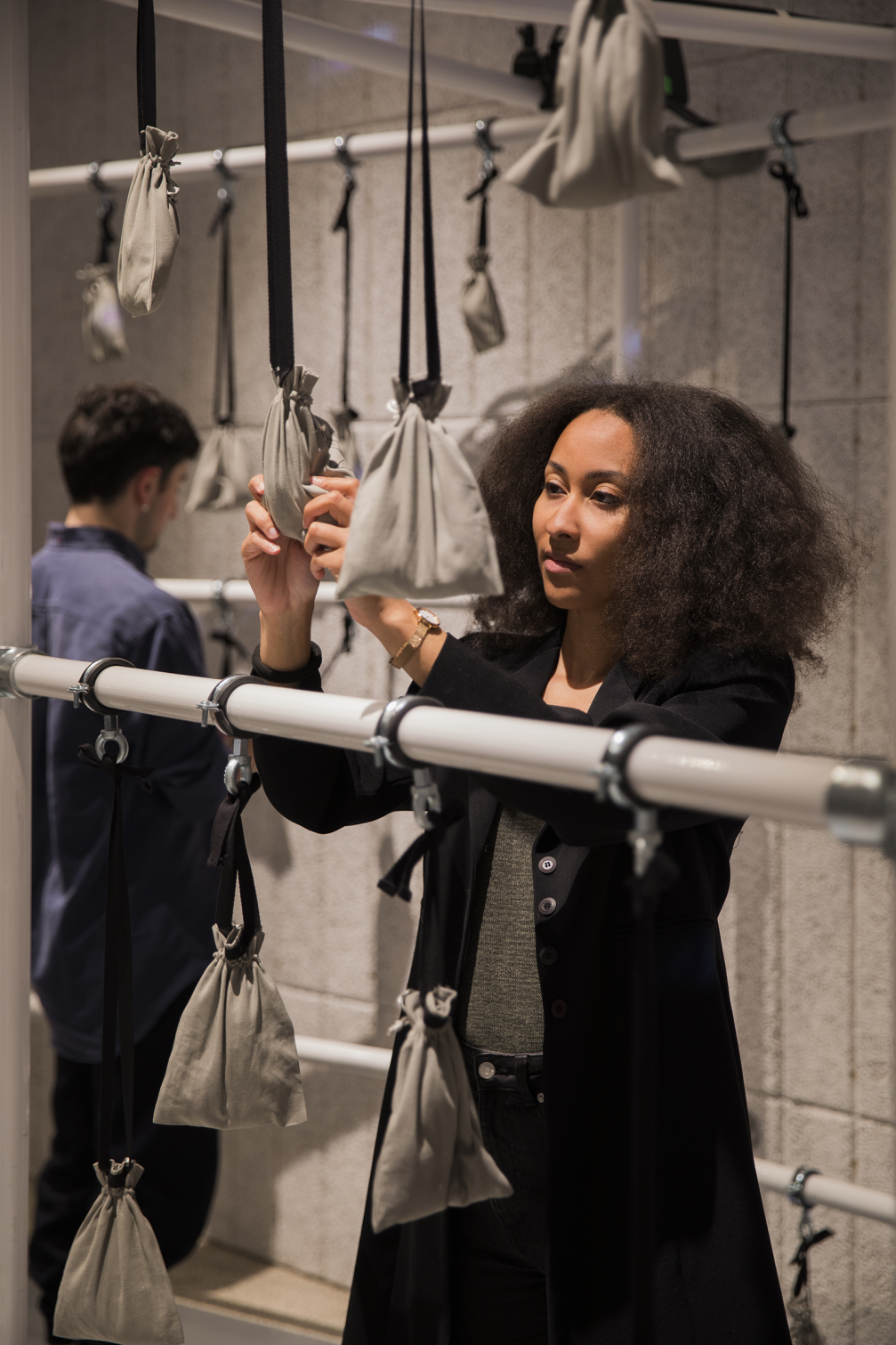
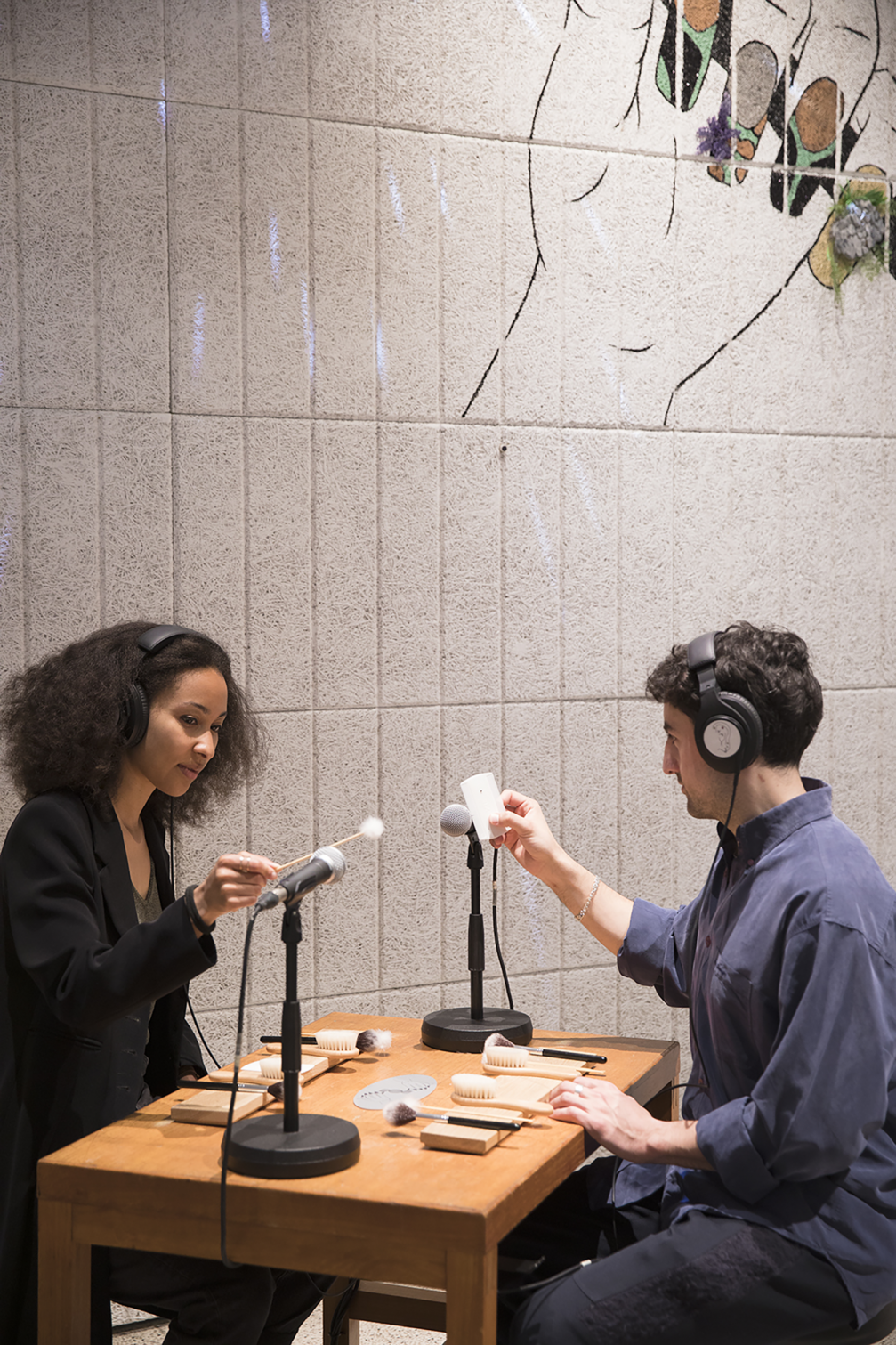
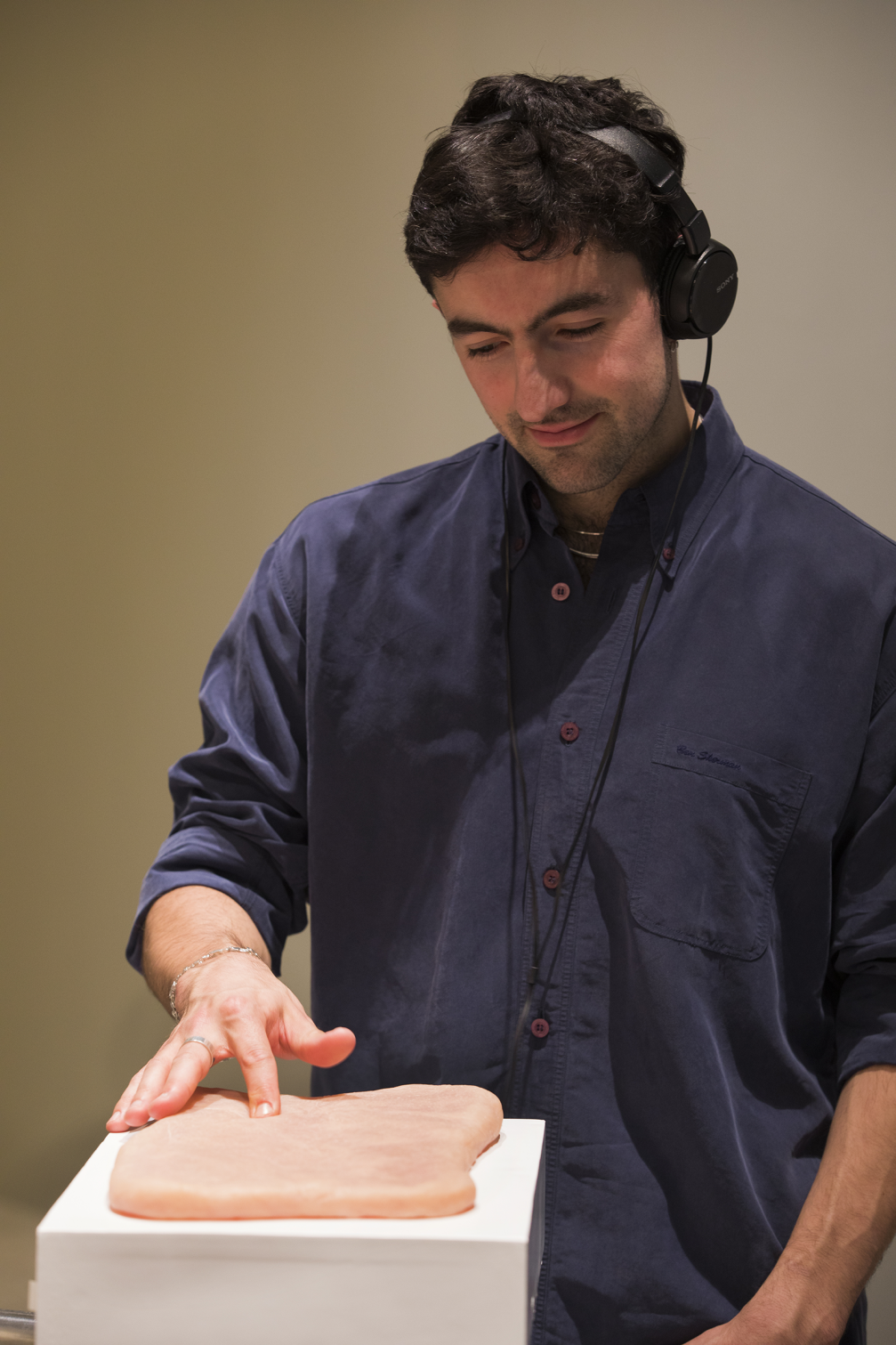
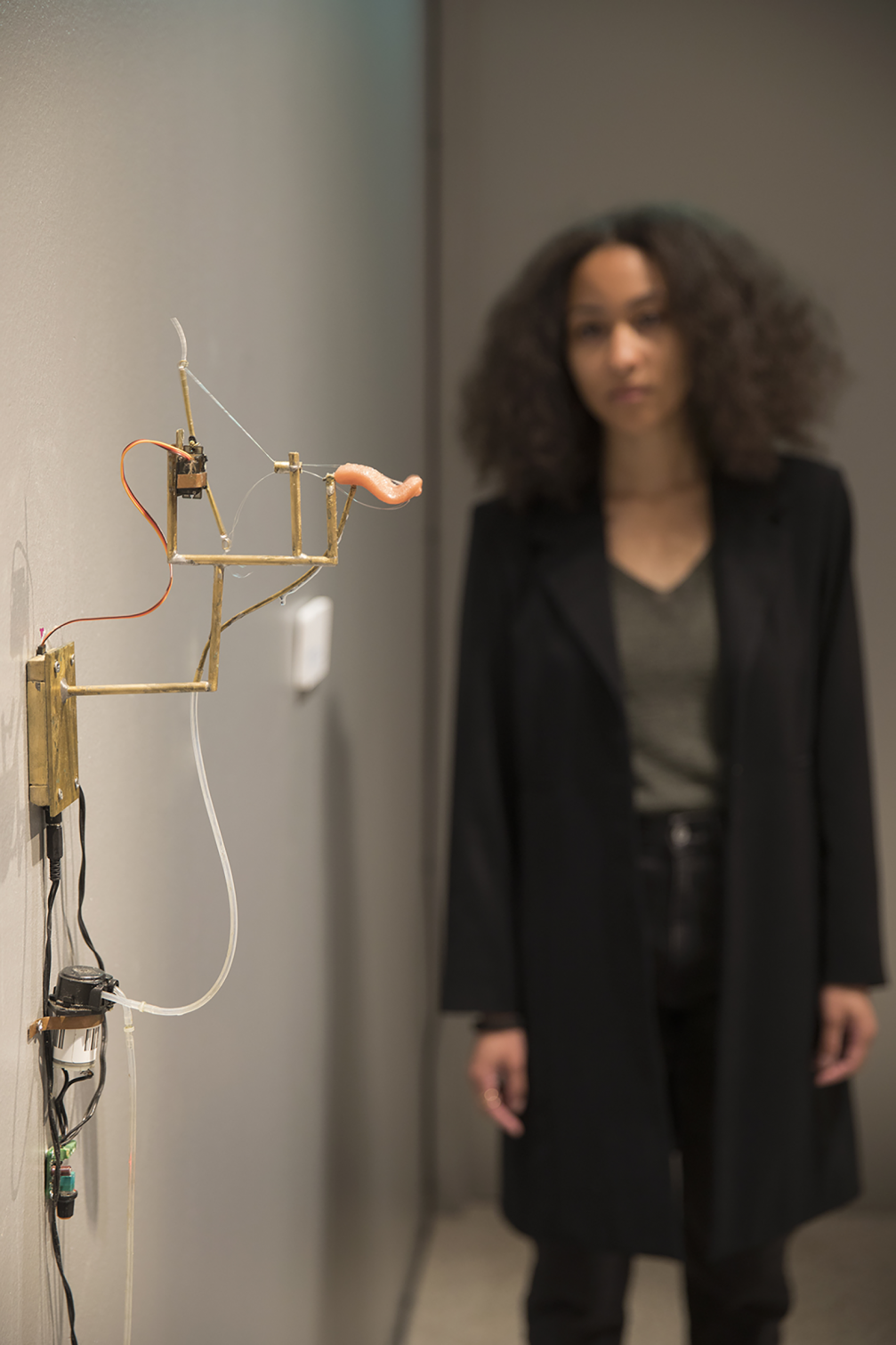
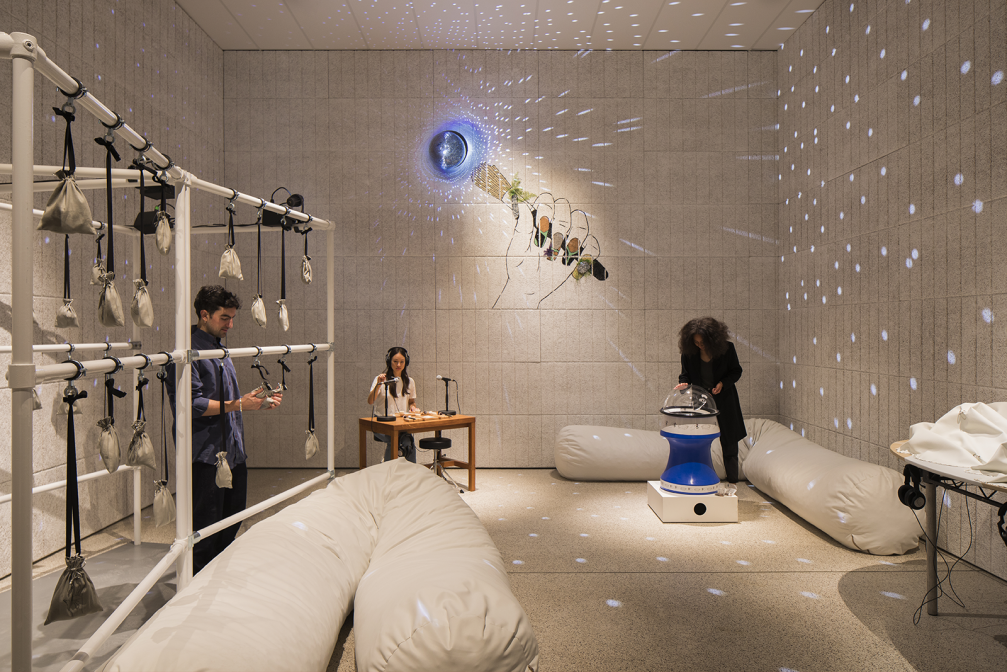

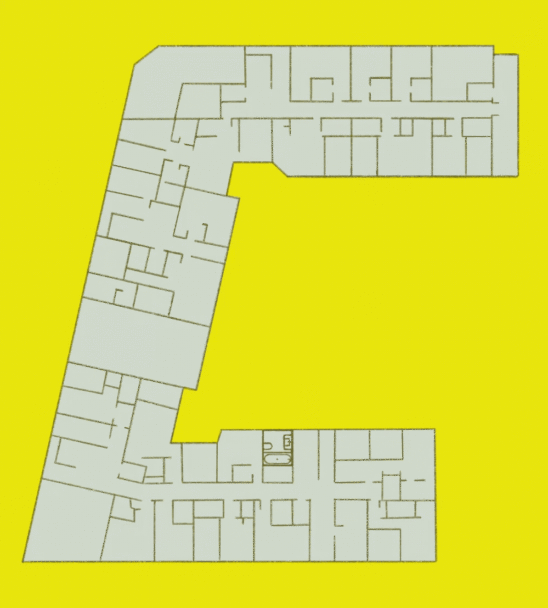
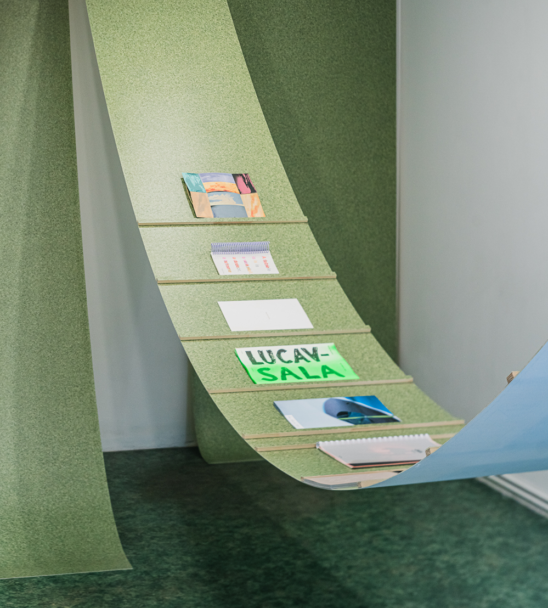
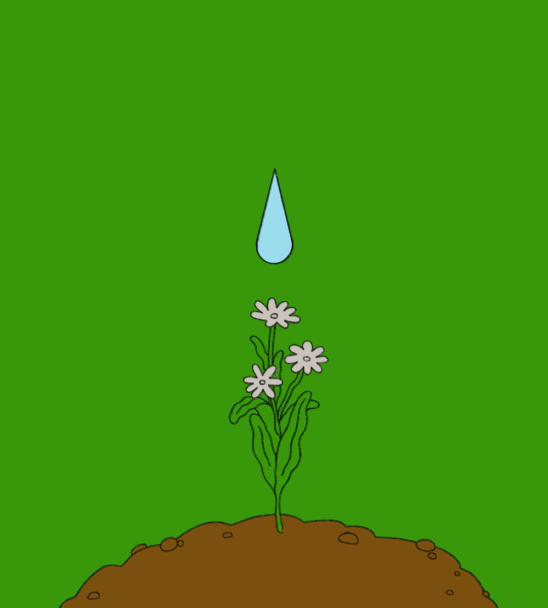
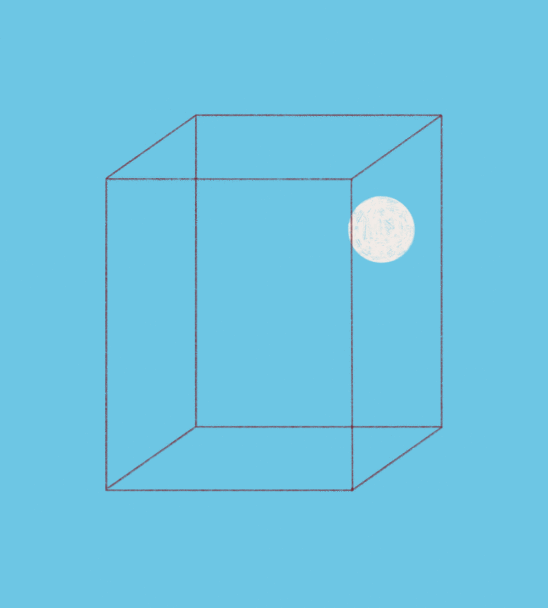
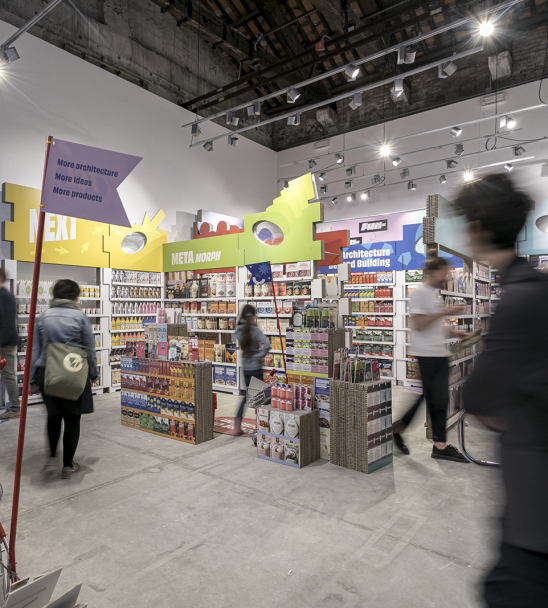
Viedokļi